|
|
Loftus water mill on Gaskell Lane; there has been a mill on this site since medieval times. The water to power the mill came from a pond above the waterfall along a leat to a second pond and then along a second leat to the waterwheel believed to be an overshot wheel, the most efficient type. Most of the machinery is still in situ, by courtesy of the present owner. An historic part of Loftus deserving of preservation, this image is from a George Skilbeck postcard.
Image courtesy of Maurice Grayson.
Taken in the mid to late 1920s this view of the mason’s yard shows Edgar Colbeck (on right) who was apprenticed to William Arrowsmith.
Image courtesy of Christopher Colbeck.
Jeff’s daughter Kathryn and her husband Andrew Sargeant on their wedding day.
Image courtesy of Jeff Templeman.
Jeff’ Templeman’s son Andrew and his bride Rachel on their wedding day.
Image courtesy of Jeff Templeman.
This picture of the monumental masons yard on Zetland Road is from the earliest period when William Arrowsmith was the proprietor. Date is unknown although the headstones are of a late Victorian style so possibly from the early years of the 20th century. Researches have now provided an answer for the magnificent red granite headstone in the foreground; it can be now found in Loftus Cemetery, dedicated to Mary Ann Brittain (1825 – 1906) wife of William B. Brittain (1820 – 1910). Mr and Mrs Brittain in 1901 were living at 37 West Road, Loftus; Mr Brittain was a retired Ironmonger.
Image courtesy of Christopher Colbeck; additional information courtesy of Eric Johnson (dates courtesy of Ancestry.co.uk).
Photograph believed to have been taken in Lumpsey Mine; notice the use of horses instead of ponies in the Cleveland Ironstone seams, this was due to the increased depth of the ironstone seams. The miners are holding carbide lamps and a pile of props are on the left.
Image courtesy George Pearson.
Low tide on Skinningrove beach, Can anyone name the lady walking her dog at sunset?
Image courtesy of Ken Loughran.
North Skelton mine (the original name being Foggo, which was the name of the farm which was the original site for the mine), the wooden headgear predates the replacement by a steel headgear in 1924.
Image courtesy of George Pearson.
Westerdale Hall (formerly Westerdale Lodge) was used as a baronial shooting lodge of the Duncombe Estate, built c.1870 and later was a Youth Hostel. This image is taken from a Phoenix postcard. Chris Twigg comments: “1870 is quoted in many places, but there is already a Hall marked on the 1857 Ordnance Survey map.” Colin Grice advises: “I suspect it would have taken several years to build so perhaps foundations were laid out well before the completion date. However it’s more than likely ‘something else’ occupied the site before. Some of the trees close by are enormous and were almost certainly already impressive (protected in big house grounds?) when the place was built.” Whilst Robert Goundry remembers: “I stayed at Westerdale Hall around 1960, when it was a Youth Hostel. We walked across from the train at Levisham Station. I remember the blankets were very scratchy.”
Image courtesy of Tina Dowey, thanks to Chris Twigg, Colin Grice and Robert Goundry for the updates.
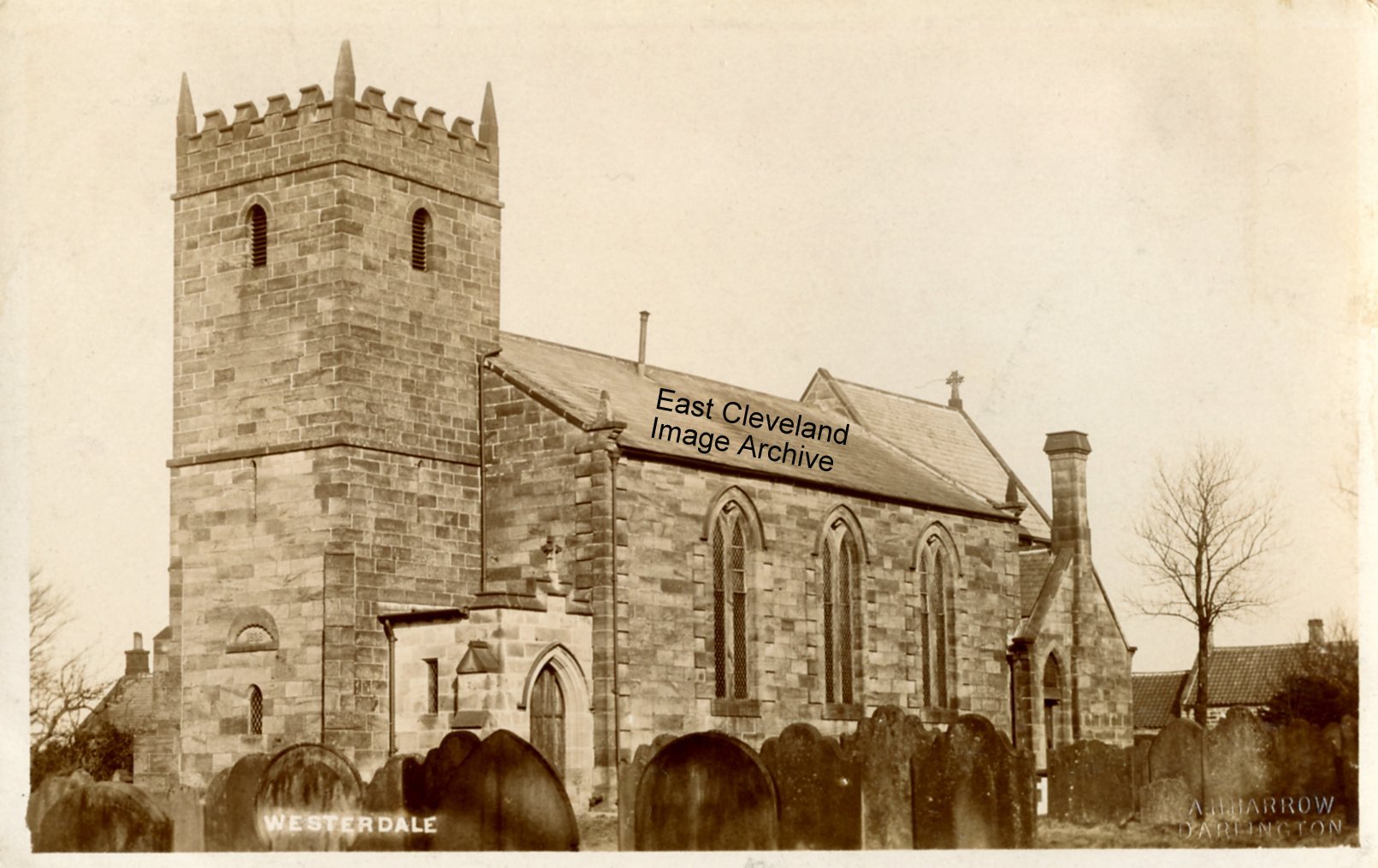
This A. Harrow of Darlington of Christ Church, Westerdale which was built in 1838 (the date is on the west tower); with alterations later in the century.
Image courtesy of Tina Dowey.
|
|
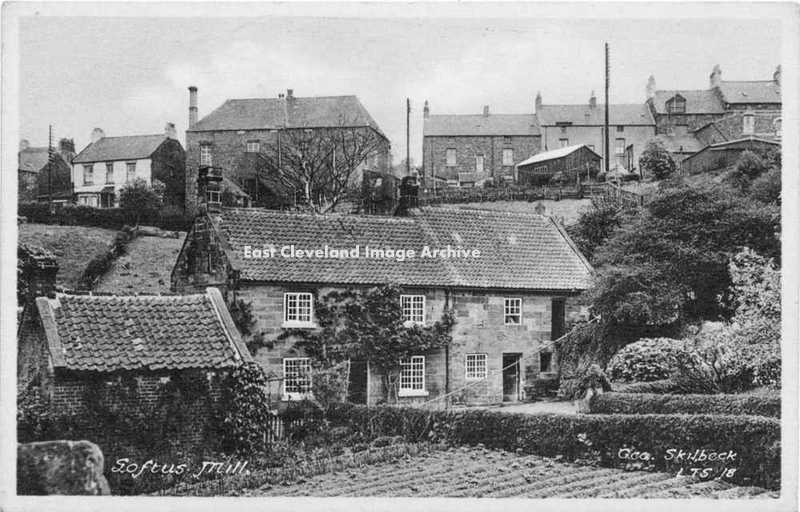
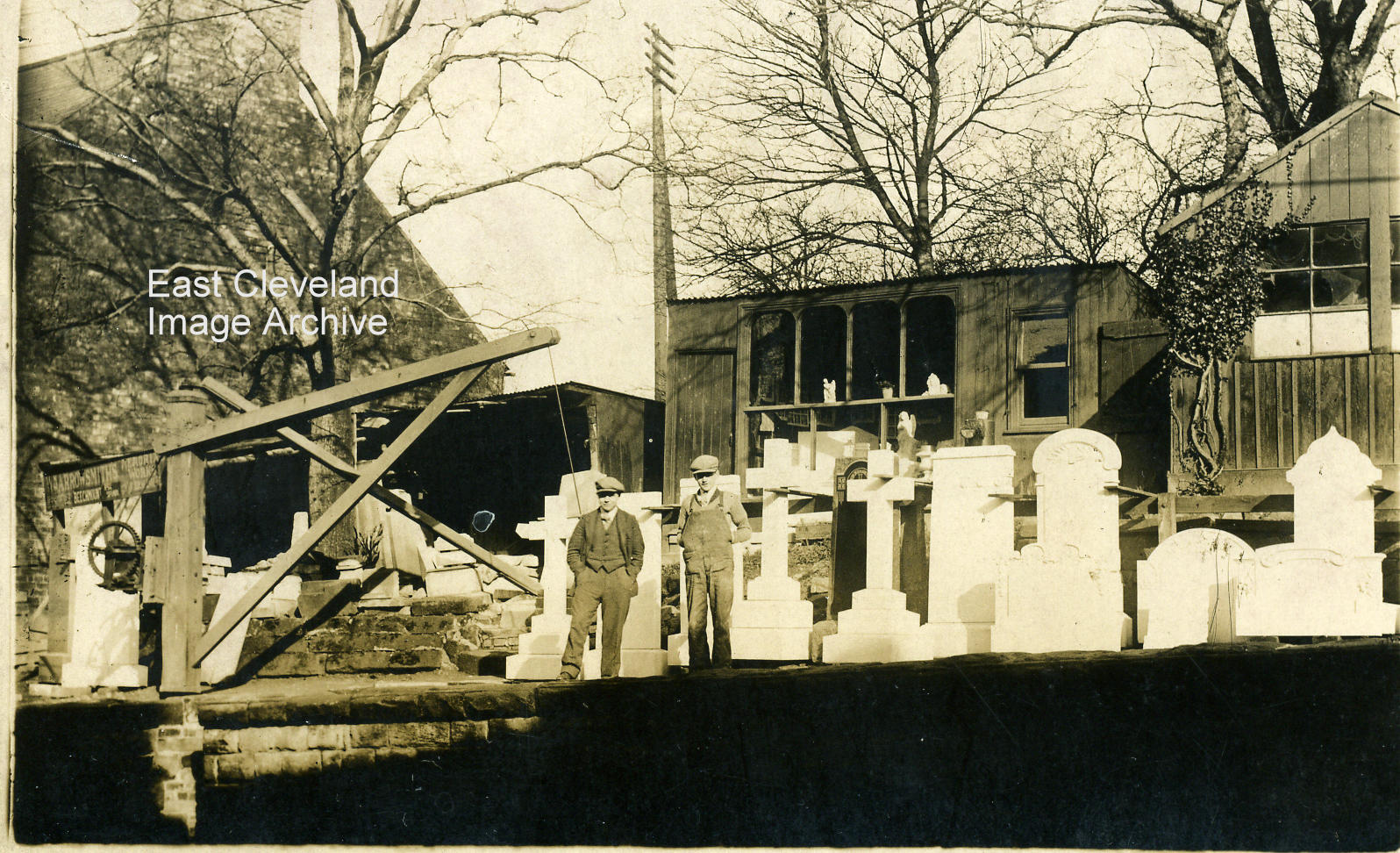
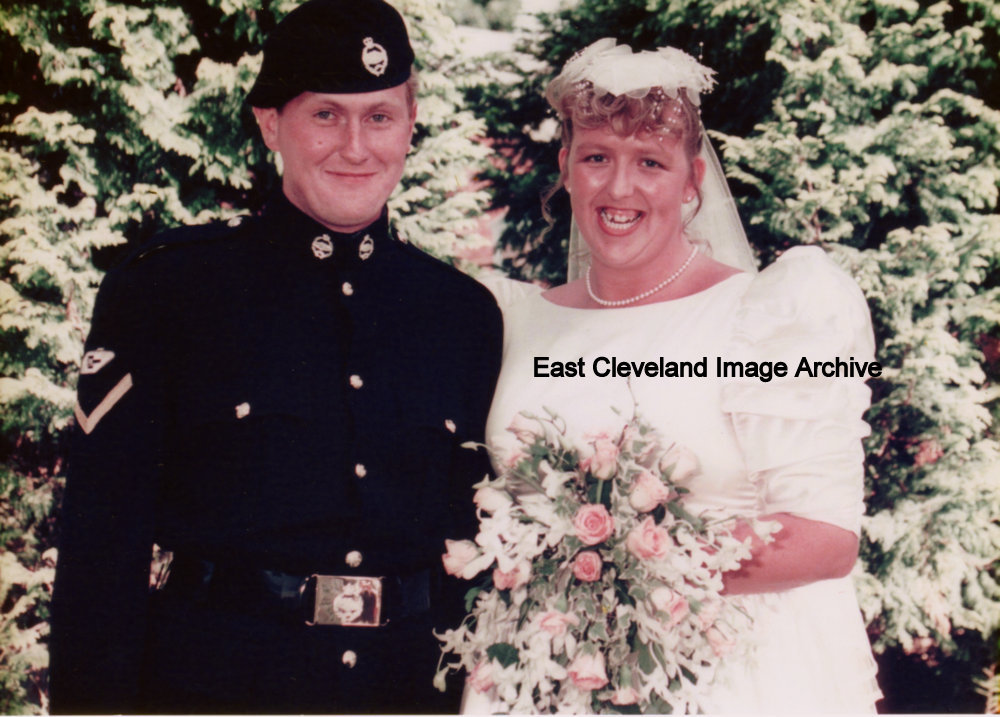
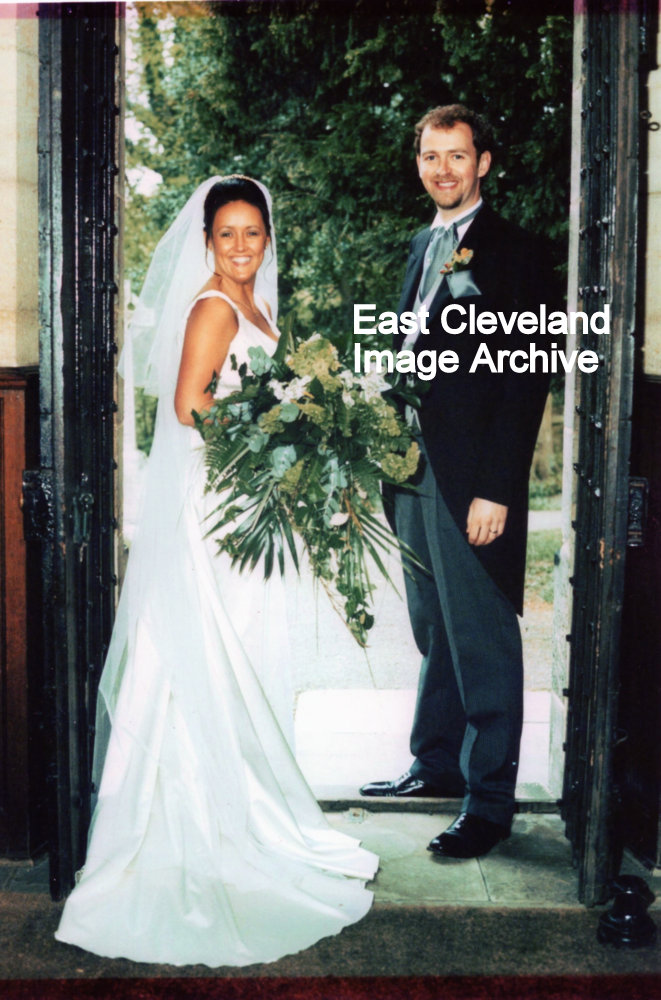
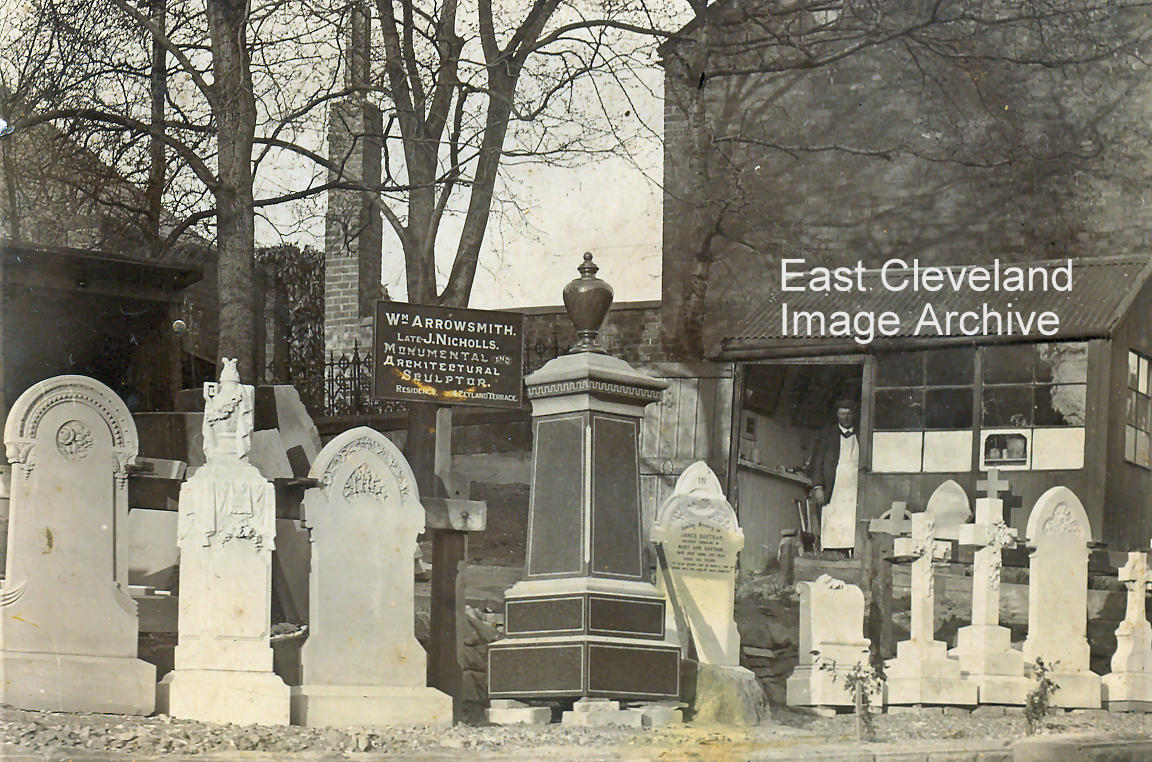
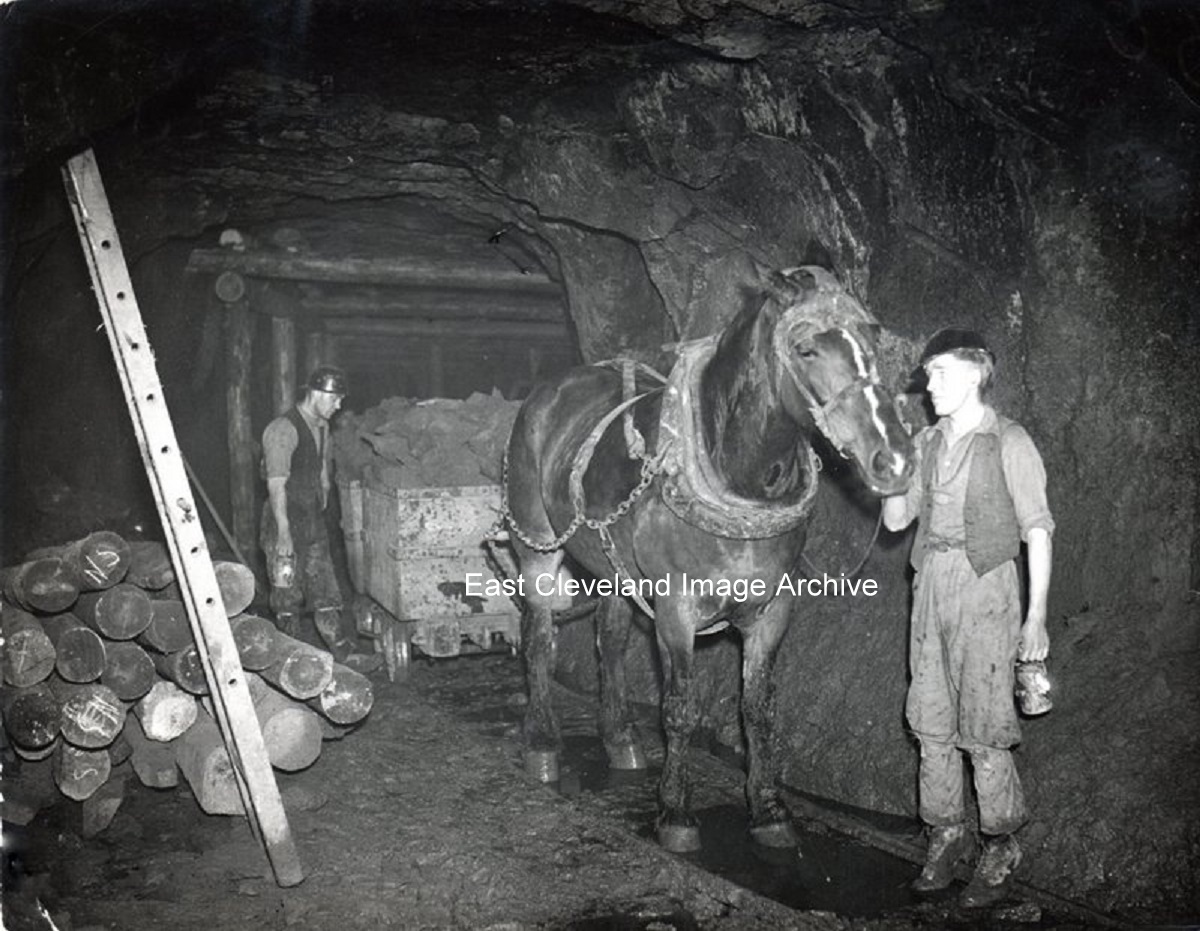
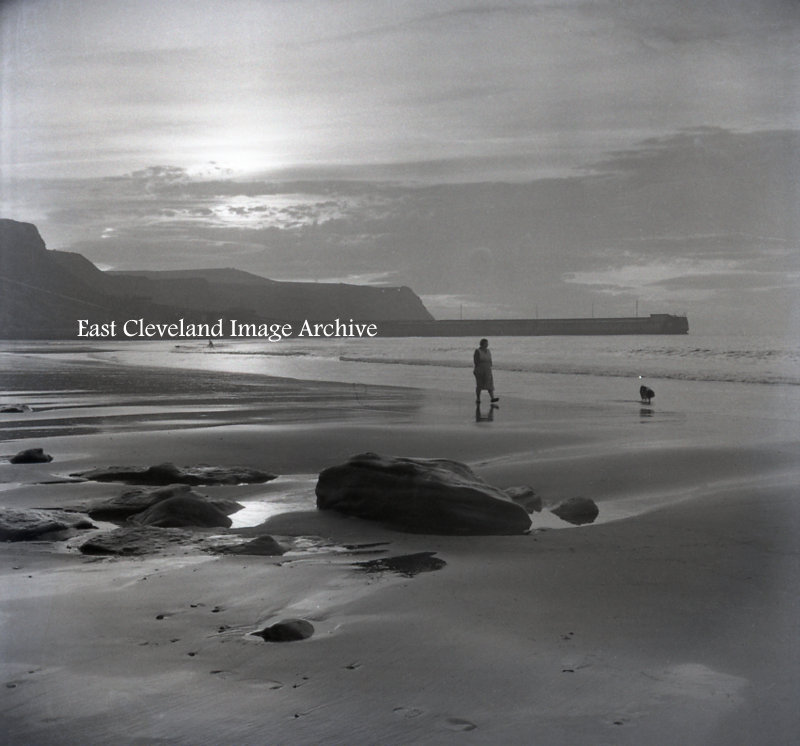
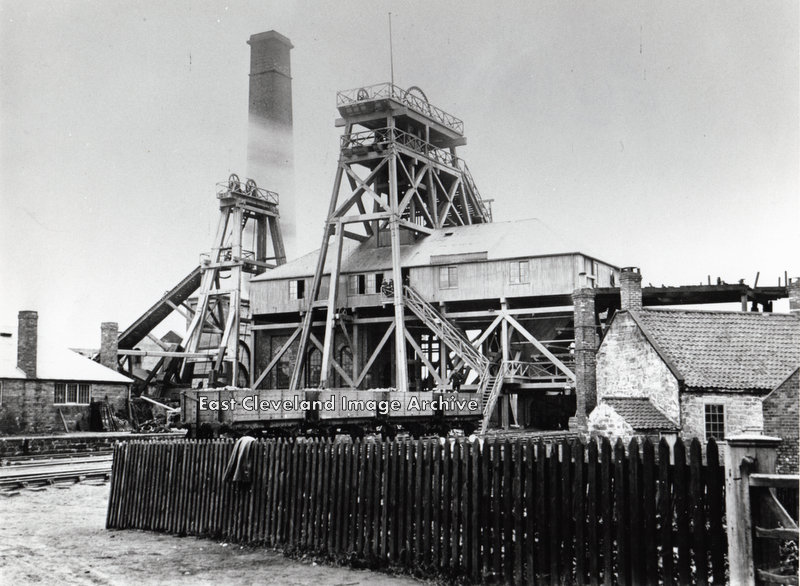
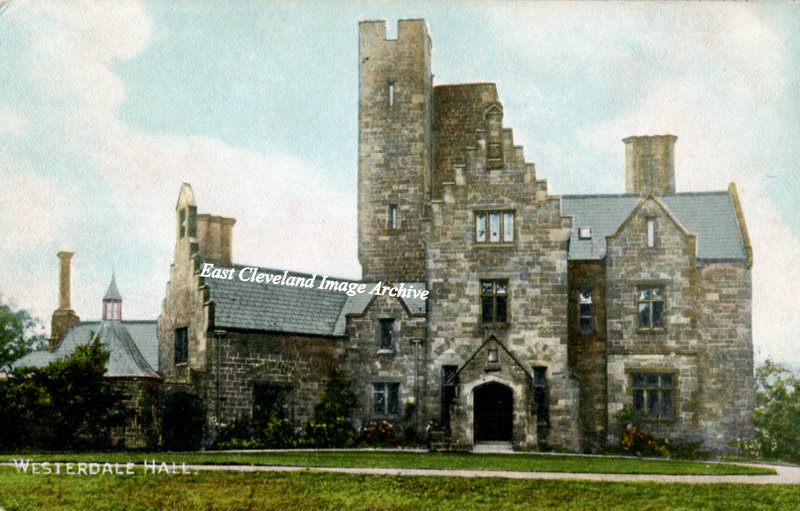

Recent Comments